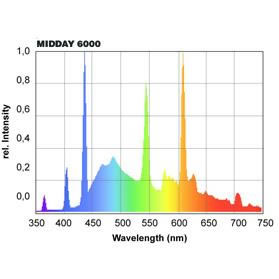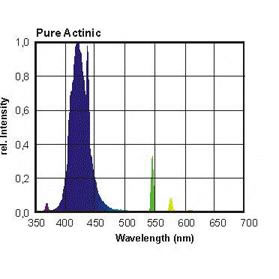rncarter
Aquarium Advice Freak
I have a 29g Biocube with the same bulbs for the past 14 months... I am having algae over growth. Is there any truth that the bulbs need to be replace to help reduce algae issue. These lights are only on 5-10pm daily and my water parms are normal.
Sent from my iPhone using Aquarium Advice
Sent from my iPhone using Aquarium Advice


